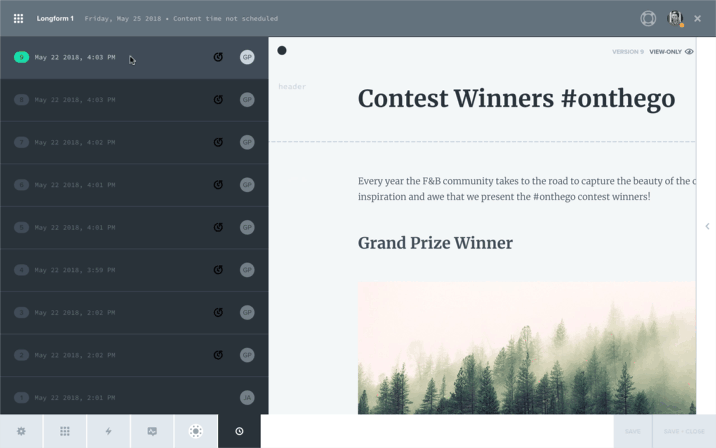Getting Started
Onboarding into Opal
Opal Training
Opal Overview
StoryFirst Framework
Opal Calendar
Download Opal on Mobile
Navigation
Personal Panel
Notification Settings
Notifications and Subscriptions
Workspaces
Status Icons
Opal Glossary
Web Browsers and Security
Edit Your Profile
Edit Your Settings
Help & Support
Opal Features & Functionality
Opal API
Campaign Planner 101
Best Practices
Save time with Opal AI
Inside Look: How Opal Marketing uses Boards
Content Planning
Campaign Planning
Organize Briefs
Project Management
Executive Communications
Communications
Internal Communications
Paid Media
Social Media
Managing your Email content
Parking Lot for Content
Desktop App
Universal Features
Keyboard Shortcuts
Labels Sets and Labels
Filter, Search, and Sort
Collaboration
Notes
Manage Privacy & Permissions
Track Campaign Budgets
Flighting
Invite Users
Stamp Templates
User Groups
Instant Log-In
Opal Insights
Work with Campaigns
Define Campaign Details
Moment Overview
Create & Manage a Moment
Customize Moments in Week View
Moment View Layouts
Moment Options
Move a Moment
Workflow on Moments
Manage Campaign Content
Content Overview
Channels & Content Types
Create & Manage Content
Content Composer Tabs
Content Options
Content Placements
Content Localizations
Previewing Content
Share Content
Publish Content
Export Content Metadata to CSV
Email Modules
Text Editor
Longform Content
URL Preview
Website Content
Channels & Content Types
Custom Content Channel
Digital Ad
Email Preview
Flickr
Radio
Snapchat
TikTok
Television
VK
YouTube
Embed Content
Opal Docs
Manage Assets
Assets Overview
View the Asset Library & Assets
Upload Assets
Edit Asset Settings
Export Asset Metadata to CSV
Use Tasks & Approvals
Workflow Overview
Use Workflows
Configure Tasks and Approvals
Manage Assignments
Approve and Decline Content
Share the Work
Presentations Overview
Create a Presentation
View a Presentation
Edit a Presentation and Slides
Share a Presentation
Canvas & Title Slides
Integrations
Chrome Browser Extension
Dash Social
Facebook Ads Manager
Firstup
Jira
Khoros
Khoros Admin Guide
Slack
Sprinklr
Sprinklr Admin Guide
Workfront
Wrike
Frame.io
Content Delivery Integrations
Asana
Sprout Social
Formstack
On-Demand Webinars
Opal Essentials
Opal Admin Training
Quarterly Product Showcase: Project Management
Quarterly Product Showcase: Boards & Browser Extension
Opal Essentials - Limited User
Opal Quarterly Showcase w/Lauren Scott of Zillow
Opal Quarterly Showcase w/Angelic Crippen of Intermix
Opal Quarterly Showcase w/Kelsey Dahlager of Target
Opal Quarterly Showcase w/Leah Randall of Minted
Admin
Naming Conventions
Set Up Your Opal for Success
Manage General Options
Manage Label Sets & Labels
Manage Channels & Accounts
Manage Workspace Workflow
User Directory
Manage Users
Role Capabilities
Viewer User
Limited User
Single Sign-On (SSO)
Customer Success
Types
Custom Fields in Plans
See What's New!
Changelog
Discover Boards, Your New Home in Opal
Browser Extension
Simplified & Streamlined Navigation
Nested Label Sets
Stamps
Opal Text Editor
Moment Flighting
Annotations
Your Marketing Calendar, Now on Mobile
Orchestrate & Visualize Your Website in Opal
Email Collaboration Made Easy
Do More In Your Favorite Views
Polished for a Purpose
Workflow In Opal
Workflow Improvements
Content Start and End Dates
Export to PDF
Content Change Tracking
Export Your Opal Data to CSV
Do More with Assets
Enhancing Collaboration with Access
Content Data Export
Added Accountability for Approvers
Facebook Canvas Ads
Plan & Manage Budgets
View & Schedule Timing of Content
New Moment Actions
September Campaign Planner Beta Update
Flexible Content Start Dates
Policies & Guidelines
Boards
Table of Contents
- All Categories
- Manage Campaign Content
- Longform Content
Longform Content
Longform allows for content to be created for blogs, email, newsletters, and more.
Create Longform Content
- Navigate to a moment and click to open it.
- Click “Add Content” and select “Longform.” Please note that this may be noted with a unique name for your team, e.g. Blog.
- Click on the longform content card to open the Composer.
- Within the Composer, complete the required fields that are noted with orange indicators. e.g. content type, account and time.
- Click anywhere in the body of the Composer to add copy to the header, body, or footer.
- Add additional text sections by clicking “Text” or pressing enter/return on your keyboard.
- Change the text section formatting by clicking the double-arrow then the desired format option.
- To attach an asset, hover the mouse above or below a section of text, then click the “Open Asset Library” icon to select an asset from the Asset Library or “Upload Asset” icon to upload an asset from your computer.
- To finalize your edits, click “Save” or “Save + Close.”
Work with Longform Content
- Only one person can edit a piece of longform content at a time.
- Changes to longform content must be saved or discarded in order to make it available for someone else to edit.
- Assets must be uploaded from your computer.
- If someone is editing longform content that you would like to edit, @mention them via Chat & Activity.
Text Formatting Options
The following options are available within longform content.
- P - Paragraph text
- H1 - Large header text
- H2 - Medium header text
- H3 - Small header text
- Quote - Quoted text
- Numbered list - Display a numbered list
- Bulleted list - Display a bulleted list

- B - Bold text
- I - Italic text
- U - Underline text
- Chain Link - Hyperlink text

Content Options
- Open Asset Library - Add assets from the Asset Library to your Longform content
- Upload an Asset - Upload assets to the asset library to share them across multiple pieces of content
- Text - Add a new text section

Version History
- While editing longform content, changes will be autosaved.
- A new version is created when the content is saved.
- Browse or revert to previous versions of longform content.

To see what changed on one specific version, simply click the change record to reveal longform change-tracking capabilities.

Export Content
Take your longform content straight out of Opal and into your longform tool.
- Navigate to a piece of content.
- Click the … icon.
- Next, click “Export Content.”
- You will be prompted to select Markdown or HTML. Clicking on either option will compress the assets and copy into a .zip file that will save to the default download folder specified in your browser.
